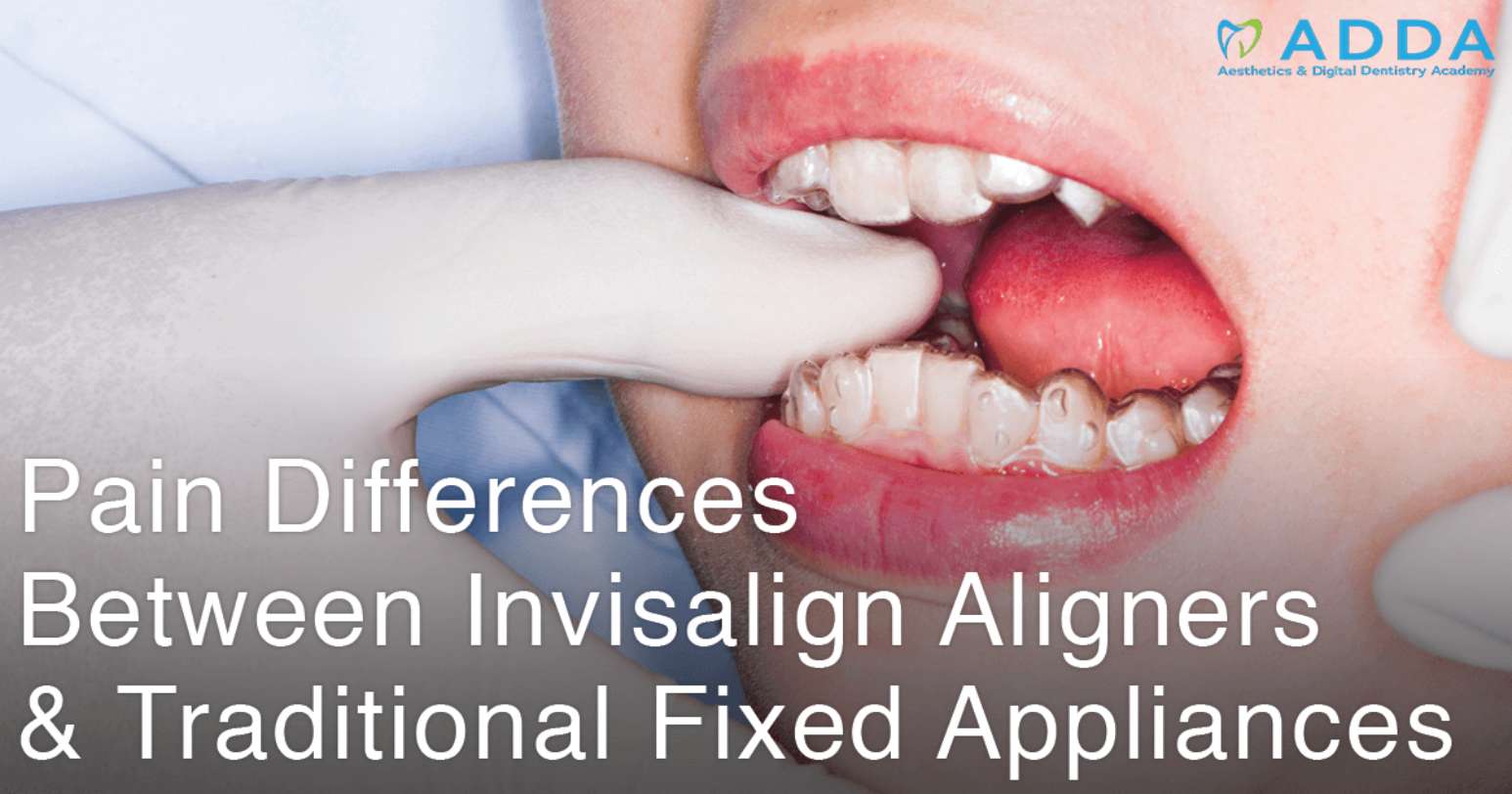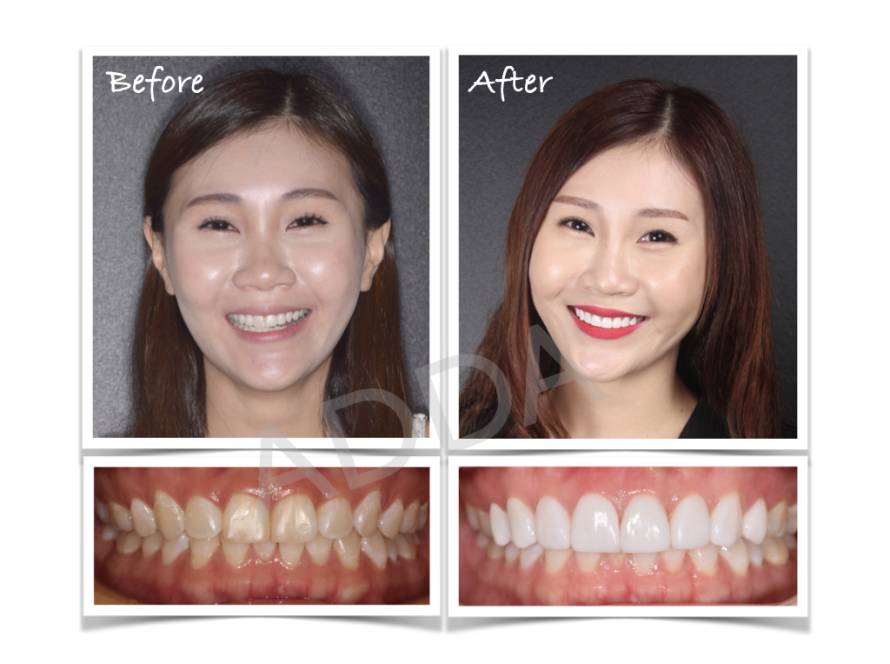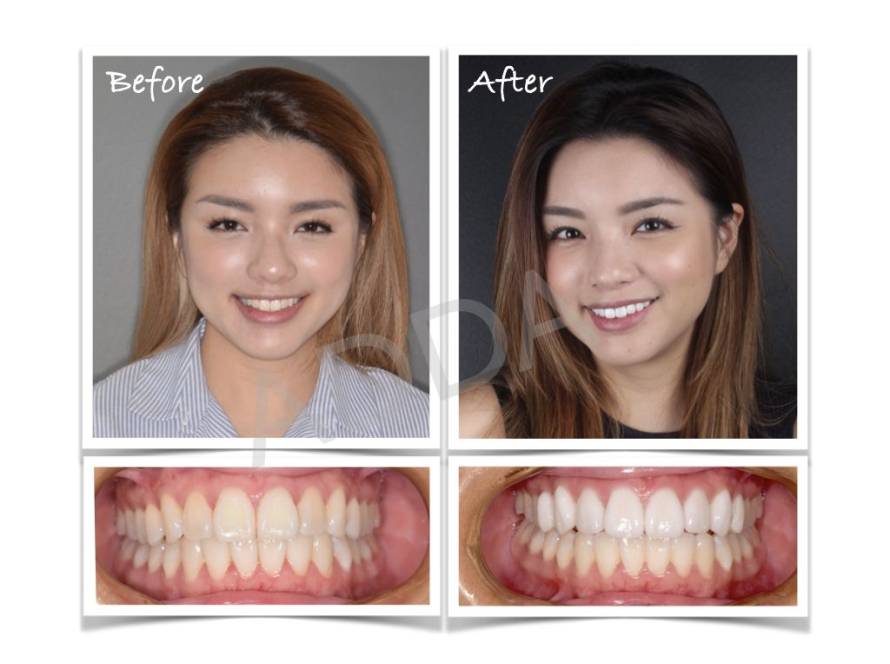A recent randomised trial attempted to gauge the amount of pain or discomfort that patients experienced when fitted with Invisalign clear aligners vs. fixed orthodontic appliances. The study was published electronically through the National Center for Biotechnology Information (NCBI). Find out what differences researchers discovered as they reviewed the cases of 41 patients.
Parameters of the Study
To preserve the significance and quality of the results of this study, it was conducted as a blinded, prospective scenario. In addition, researched ensured a randomised equivalence trial, with two parallel arms for comparison.
Forty-one patients participated in the trial. They were all Class I non-extraction patients. Six men and 12 women were fitted with regular fixed appliances, while 11 men and 12 women were treated using aligners instead. The group with the fixed appliances represented the first arm of the trial, while the patients with aligners were the second arm.
Discomfort Diaries
Every day throughout the research period, the patients recorded how they were feeling— specifically, their level of discomfort. The data from these “discomfort diaries” was particularly significant immediately following a visit to the dentist or orthodontist, which occurred at the beginning of the study, at the one-month mark, and at the two-month mark.
In the diaries, the patients recorded how they felt while biting into food, while chewing, and while resting. They noted whether or not they experienced disturbance during sleep due to pain. In addition, patients had to record the number of times they took painkillers, what kind of medication they consumed, and how many pills they took.
Study Results
The results of the study were as expected – the patients fitted with fixed appliances in the traditional style experienced significantly more discomfort than those in the group wearing aligners. Patients with the fixed appliances mentioned much higher levels of pain while chewing their food.
The difference in pain levels persisted as treatment went on. Fixed-appliance patients continued to report higher levels of discomfort after their first and second adjustments, which occurred one month and two months respectively after the initial installation. Compared to those with appliances, the patients with aligners had a much easier time of it. They experience some discomfort, but it was minimal; and the aligner patients didn’t need to take the same amount of analgesics (pain relievers) as those in the appliance group.
Gender Differences
Researchers did not find any noticeable differences between the pain levels reported from the men participating in the study versus the female participants; all of them reported consistently across genders.
Recommendations: Invisalign
What does this study mean for people who wish to undergo a smile makeover that involves teeth straightening in Singapore? The results indicate that patients looking for corrective orthodontics should find an Invisalign provider in Singapore to conduct the treatment. Not only does Invisalign offer a less painful method, it also yields equally satisfactory results. By choosing Invisalign treatment in Singapore, patients can have their teeth fixed and enjoy a smile makeover while experiencing far less pain that patients who choose the traditional route of a fixed appliance.



